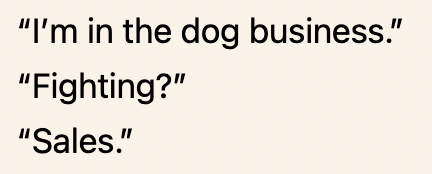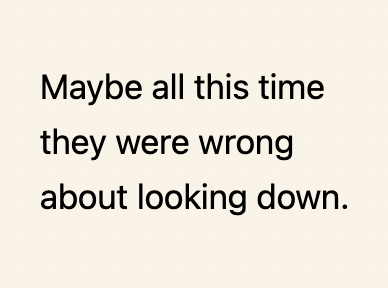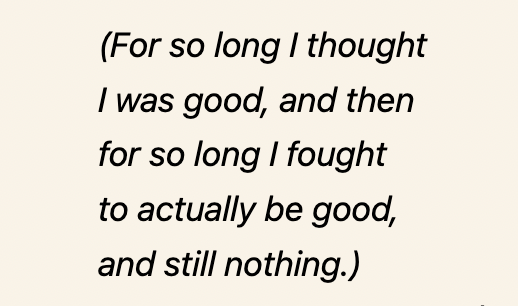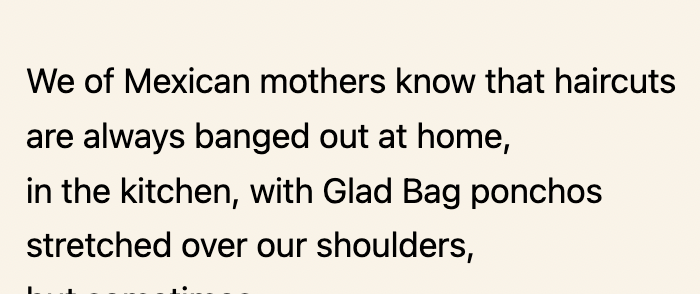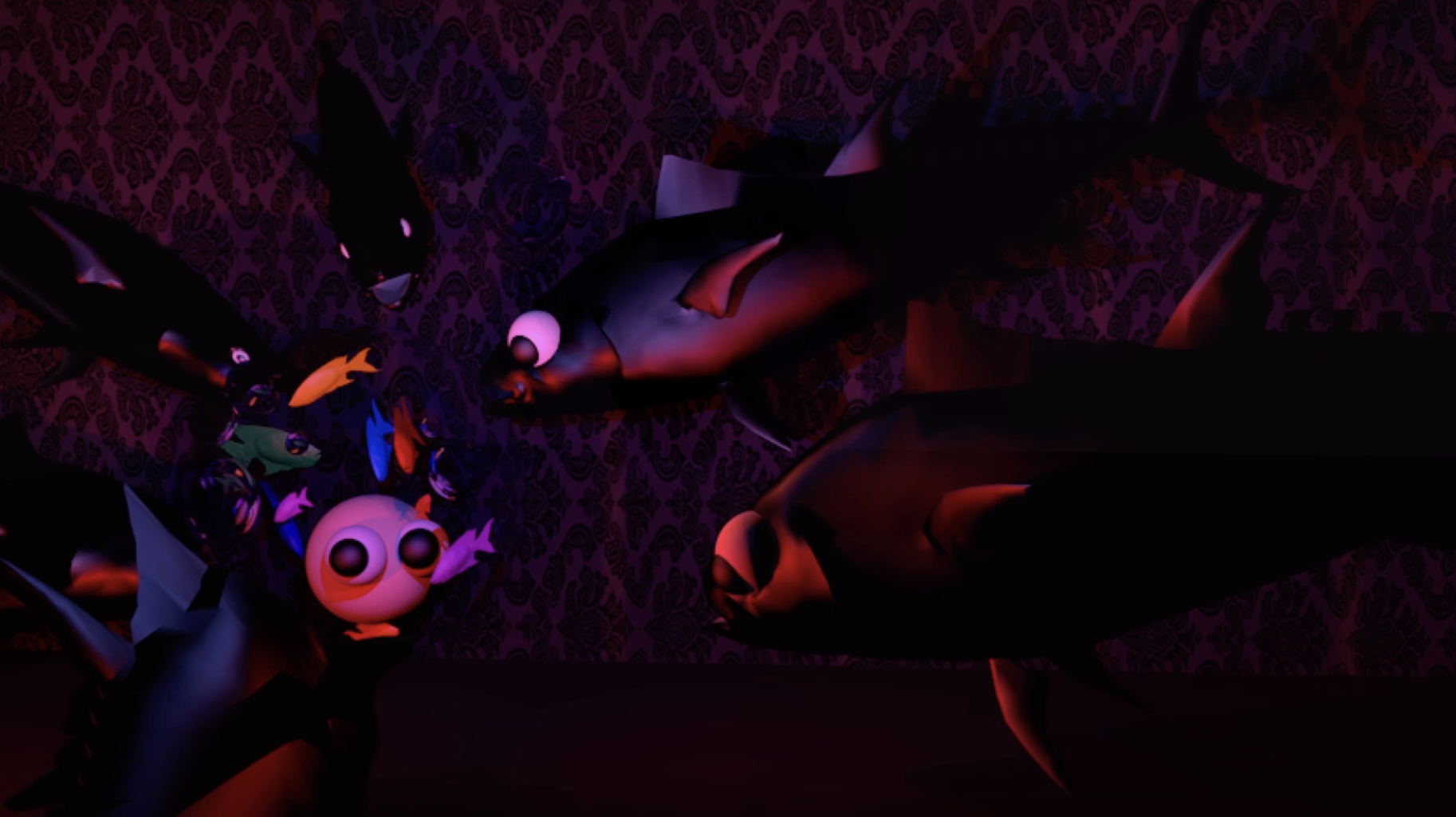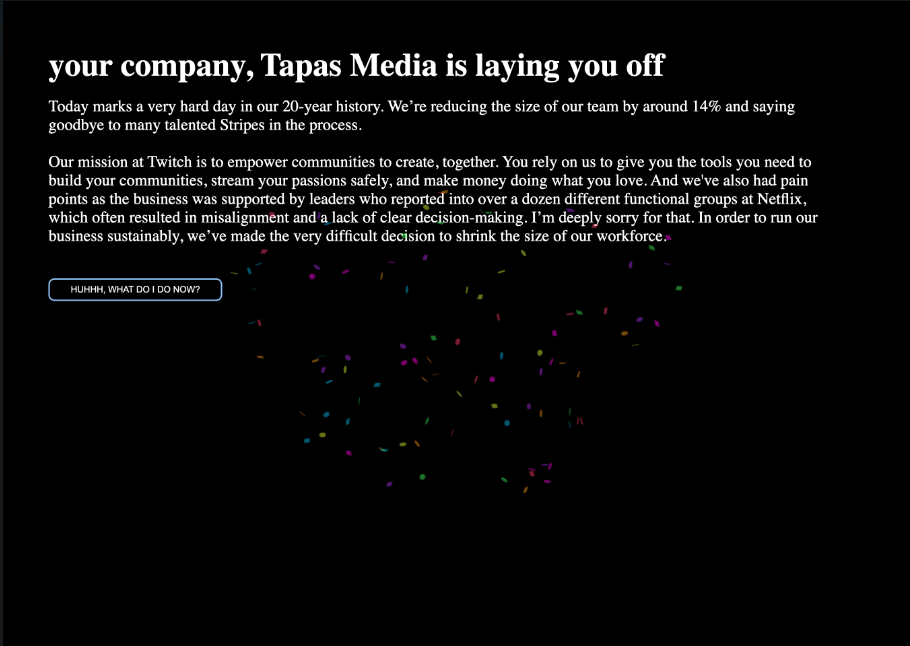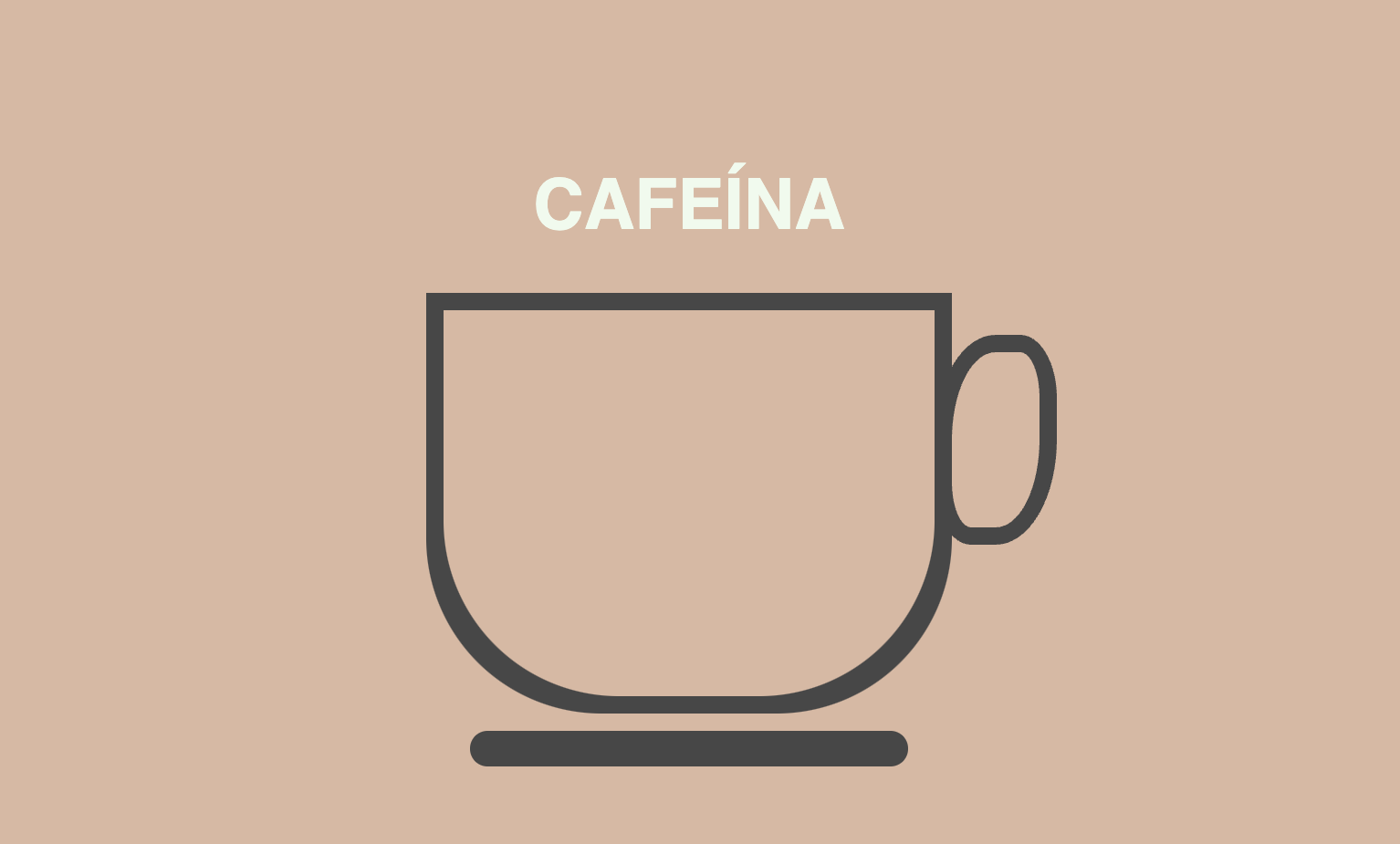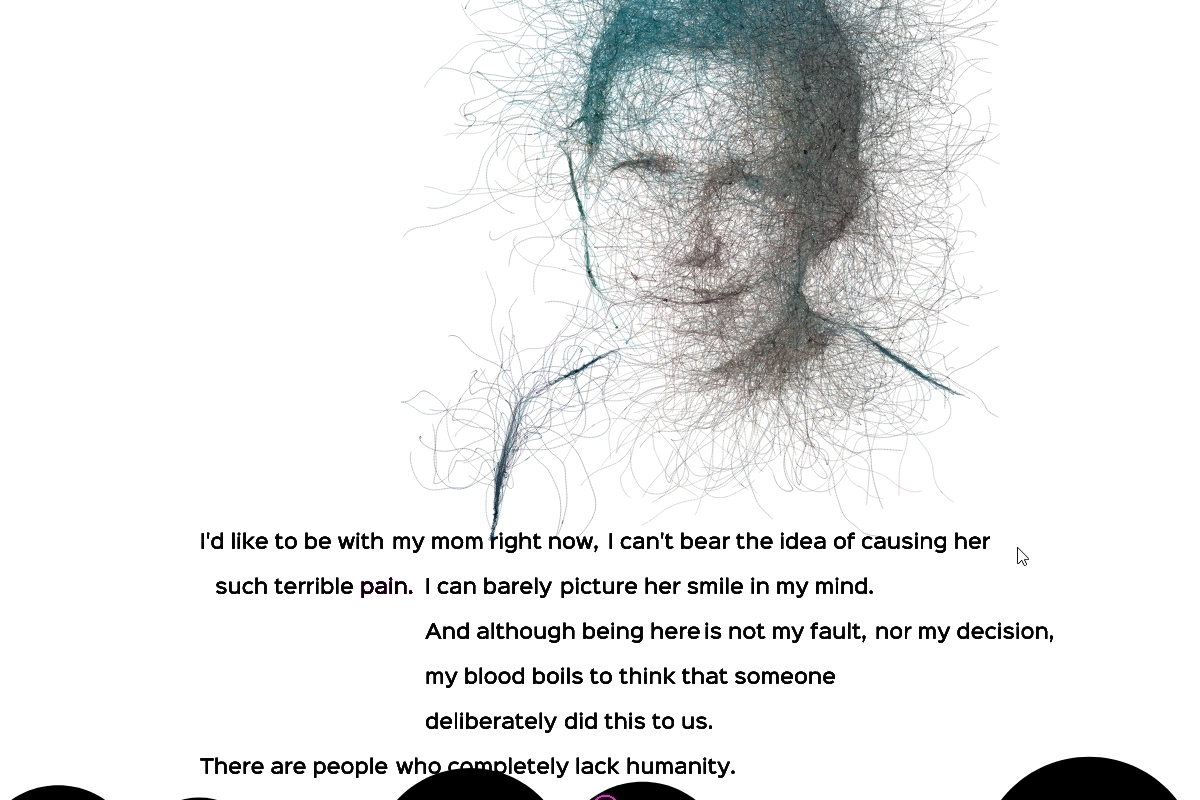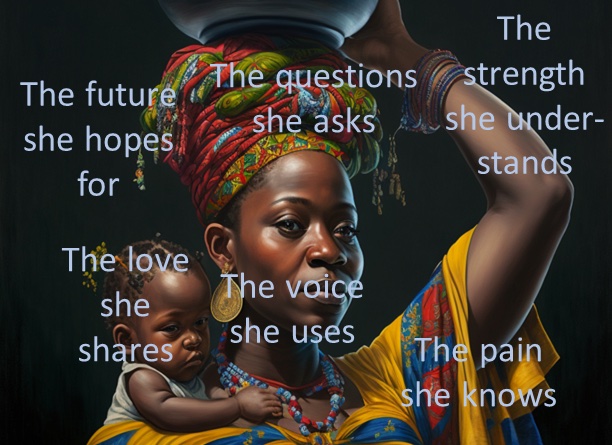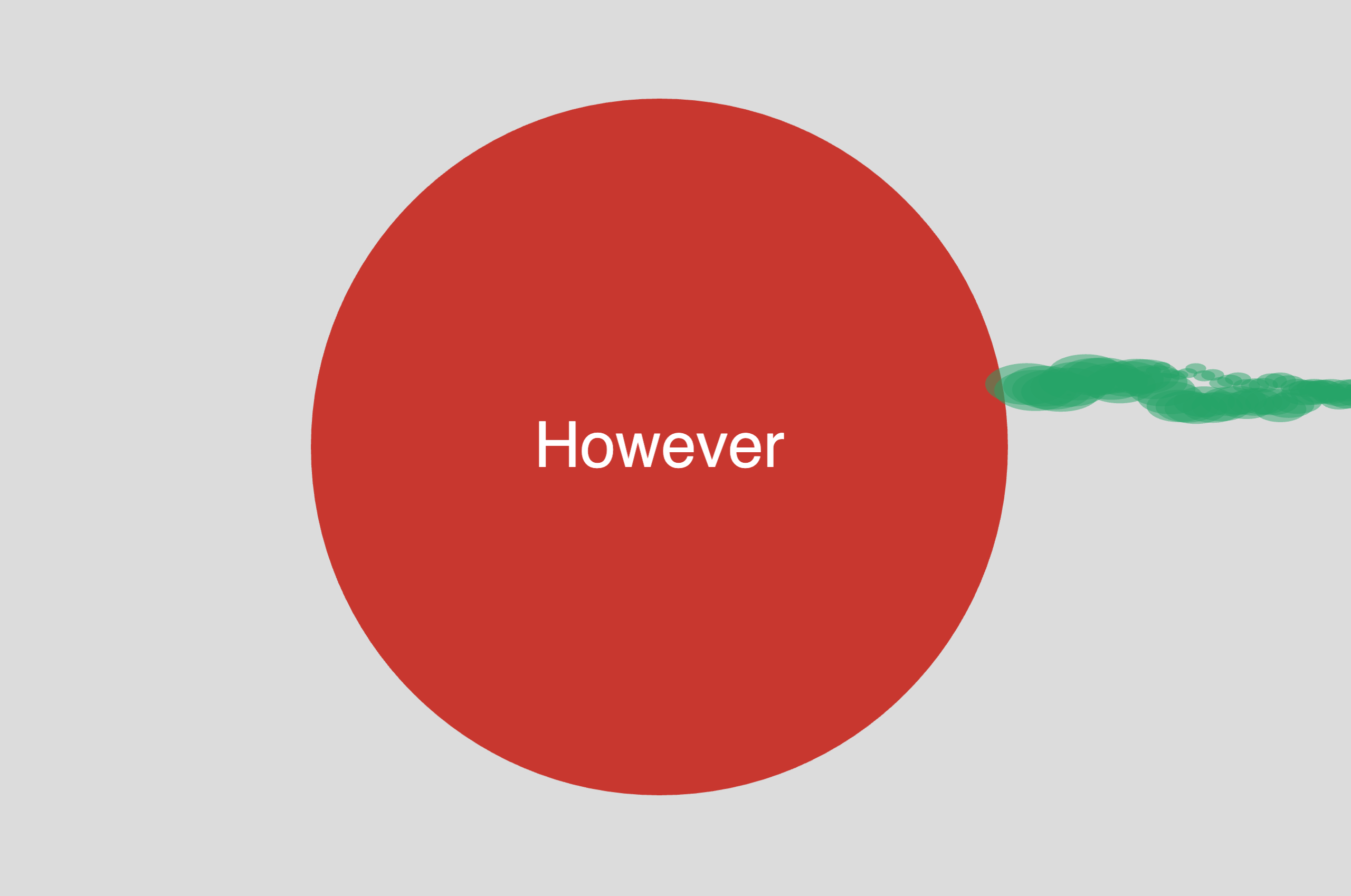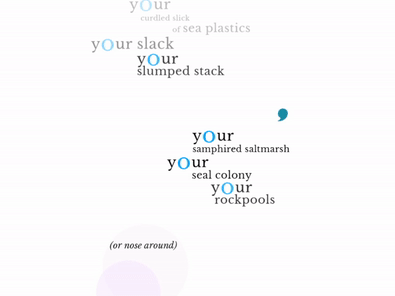Dolphins in the Reservoir
By Will Luers (coding and images), Hazel Smith (text), and Roger Dean (sound)
Please experience the piece in fullscreen at this link. This work is not compatible with mobile phones.
Dolphins in the Reservoir is an interactive and recombinant work that employs moving images, text, and sound. It envisages a society stretching into the future through fragmented and transitory evocations of what our society is like now and how we might understand it. It confronts the many social challenges (climate, disease, authoritarianism and technological change) we face through the subjective, contradictory and often uncanny experiences of individuals. Saturated with media, the individual experiences a multimodal montage of the imaginal and the mundane, the institutional and the vernacular, the dystopian and utopian–discourses over which they have limited control.
The interface, a programmed montage of media elements, evokes a murky, liminal realm. The piece is structured in six distinct cycles, which repeat with considerable variation. Users can either drive the piece with clicks or use the autoplay facility. In either case, they can click and drag to rearrange elements in each cycle.
The screened text moves between short narratives, poems, and aphoristic statements contained in boxes of varying sizes that both complement and jostle against each other. Thematically, it passes through six topics that impinge on society now and the development of future societies. These topics are challenges to health, the environment, and our fast-eroding democracy; our attempts to educate order out of chaos; philosophical and scientific ways of thinking about consciousness; and the possibilities and challenges the future presents including the rise of artificial intelligence. A separate metaphorical text about dolphins, which transmutes many of the ideas in the boxed text, consists of fourteen sections that are sequenced one per cycle and then repeat.
Animated loops with images suggesting a passing material age (container ships, tanks, oil rigs) are layered with those of an information age (mapped and encoded models of bodies, molecular structures and virtual architecture). A single cycle of the work grows from isolated media fragments towards a dense plurality and diversity, arriving at a composition of inclusive abstraction, before returning again to the singular and fragmented.
The musical narratives move at different paces and with varying relationship to text, image, and user interaction. The three preformed musical sources juxtapose environmental and machine sounds, acoustic and digitally transformed instrumental sound. They also include sound progressions that sonify the statistics of waves of COVID-19 in the world at large, juxtaposed with those of one particular country. One of the three preformed tracks features trumpet playing by internationally renowned soloist John Wallace, a long term collaborator in (austra)LYSIS, the creative ensemble of which all three authors are part. As the work progresses, the sound fields become more dense, though they continually fight for survival, and occasionally become submerged. They also suffer increasing real-time and variable transformations, so that the textures change over long periods.
The juxtaposition and multilayering of text, images, and sound also employs polysemy and synaesthesia to enhance multiple dimensions of sensation and understanding.





